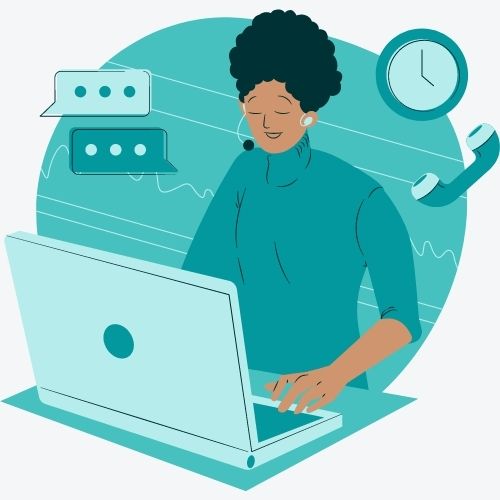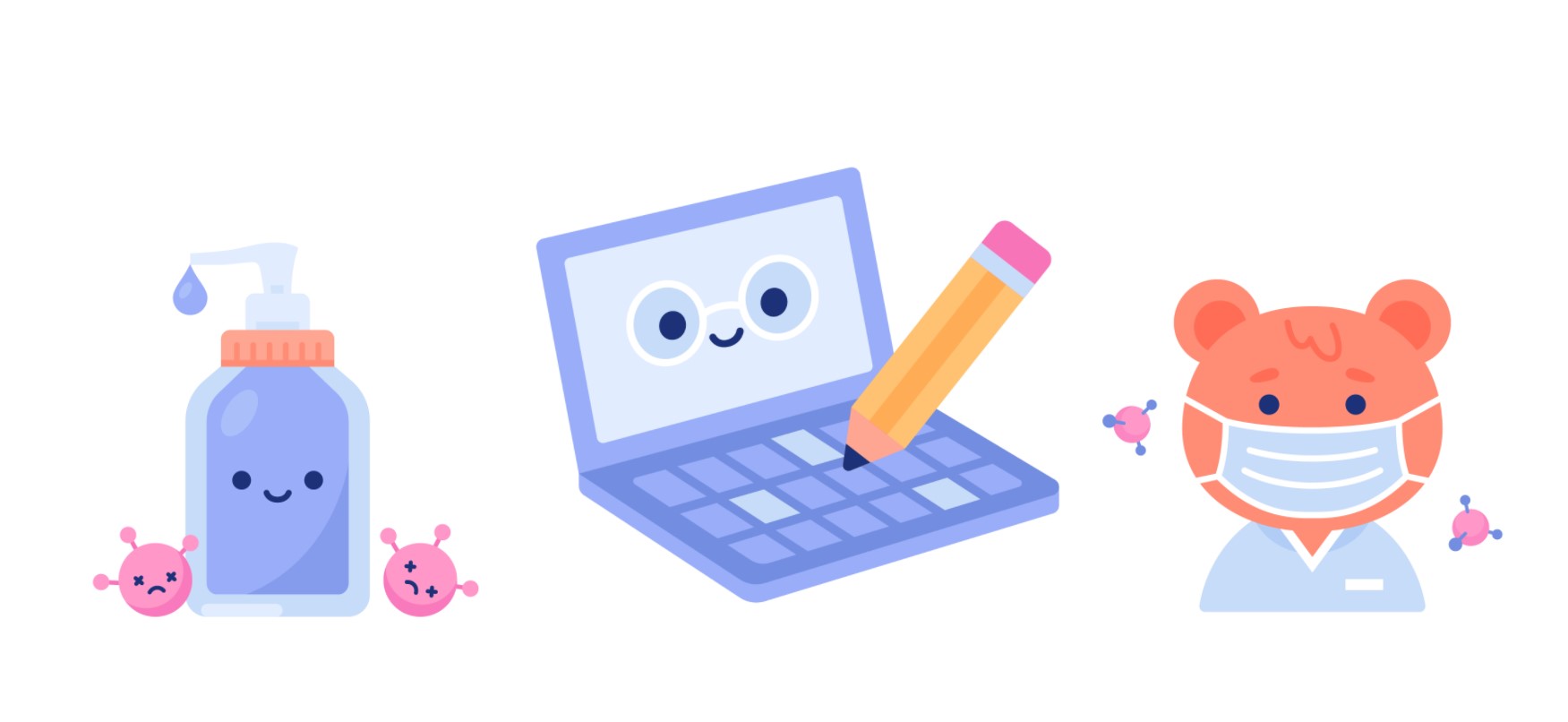 How do you know if your COVID screening process is robust? Ask yourself and your team the following questions:
How do you know if your COVID screening process is robust? Ask yourself and your team the following questions:
- What safety equipment are available to the team, and how often are quality checks made?
- What is the process every employee must take for COVID screening prior to arriving on shift?
- What happens if proper COVID screening procedure has not been completed?
- Are good safety practices acknowledged and poor practices amended? What is the process for that?
- How can employees raise concerns about safety processes or make suggestions to improve?
- What are ways to maintain safety rules while de-escalating customers who are not complying?
If you’re scratching your head at some of these questions, not to worry. We have a comprehensive guide and checklists to get you covered.
By the time you implement a thorough COVID screening process, every member of your team should know the answer to these questions. If you have team members giving different responses, you need to straighten them up ASAP. Remember, every team is only as strong as its weakest link when it comes to preventing COVID-19.
Use This Time Off Request Form to Keep Track of the Gaps in Your Schedule
Create a better process to manage time-off requests and ensure better shift coverage with Hyre’s time-off request form. Read more about shift management and download the resource.
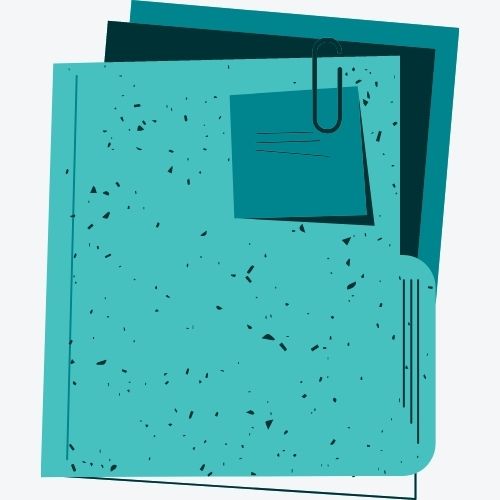
Employee COVID Screening Equipment Checklist:
Here is a short but important list for your team so that they can have the necessary equipment ready at the start of every shift.
- Digital temperature checker: This is a non-invasive way to check for one of the most common COVID-19 symptoms, which is elevated temperature. There may be cases where a customer will have a higher than normal temperature without infection. However, it is better to be safe than sorry.
- Digital or paper sign-in sheets: Information you should be tracking includes the name, contact info, temperature, and sign-in time of any team member or customer who visits the premises. You can print one for employee use, although it is recommended to have a digital form like this to avoid contact. (Your host would fill in the necessary information for your customers.)
Everyone that visits your businesses must undergo a screening process and it is important to effectively communicate this to all staff within your company, from supervisors to new employees.
If a member of your team is already exhibiting COVID-19 symptoms, make sure they get tested. Here’s a quick guide that walks you through what to do.
How to Schedule Employees Efficiently Across Departments and Facilities?
With Hyre, you can shape your organization to reflect its unique structure and manage your shift scheduling in unison within departments and facilities.

What are Your COVID Screening Questions and Questionnaire Process?
Prevention is half the battle. Improving your processes with a comprehensive, yet efficient, COVID screening process will save you time, stress, and energy in the future. It’s a good thing that you are proactive and taking measures to keep your team safe!
If your existing COVID screening process does not allow you to automatically send out a symptom questionnaire before every shift, take the following steps:
(Approximate time to complete: 1 hour a day)
- Use our COVID screening questions as a guideline. This is vital in ensuring employee scheduling is done safely, and any team members exhibiting symptoms are reschedules.
Should an employee test positive, ensure every team member they are in contact with are rescheduled and customers notified. - Message every team member a day before their shift to complete the questionnaire.
- Remind supervisors that every team member must complete the questionnaire before attending a shift.
- If any staff member exhibits any of the listed symptoms, arrange for another available staff member to replace them.
- If needed, replace shifts of staff who have not completed questionnaires with staff who have.
- Ensure all staff understand your safety and employee scheduling policy so there is no confusion when it comes to safety.
If you do have a real-time COVID screening process in place, it is very simple for you to look at your employee scheduling records. For example, here are steps for a Hyre scheduling software user:
(Approximate time to complete: 0-2 min)
- An automatic message will be sent to your staff 24 hours prior to their shift beginning via text and email. Here is an example:
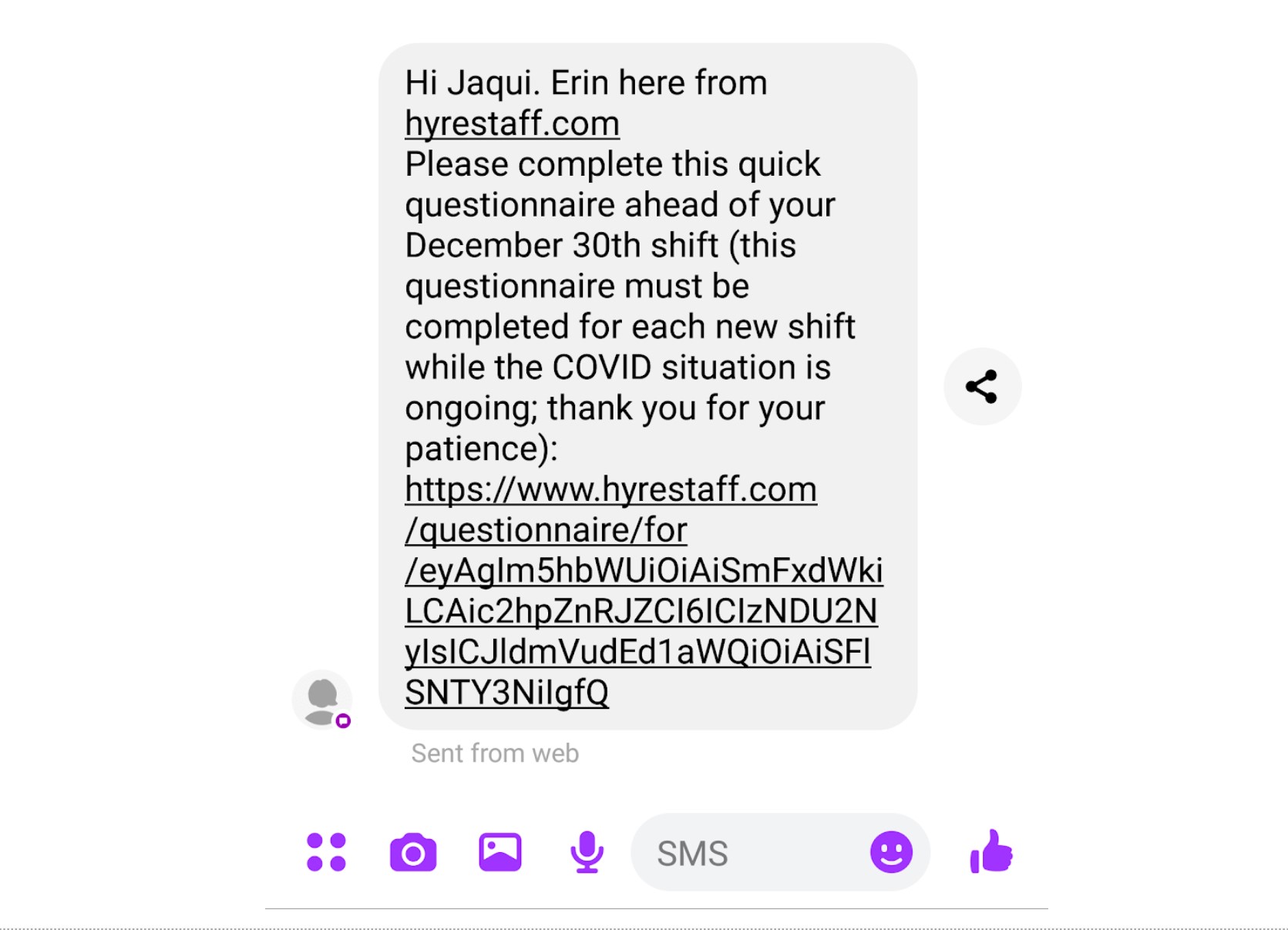 “Hi Jaqui. Erin here from hyrestaff.com
“Hi Jaqui. Erin here from hyrestaff.com
Please complete this quick questionnaires ahead of your December 30th shift (this questionnaire must be completed for each new shift while the COVID situation is ongoing; thank you for your patience): (link here)”
- Click on our COVID screening questions and ensure they are completed by your team. These include questions about the date of their next shift to include questions completed within the 24 hour time period, as well as questions regarding specific symptoms.
- If any staff indicates they have symptoms, you or a Hyre customer support member can assign an available staff to the shift and request they complete the COVID screening questions.
- Any staff who does not complete their COVID screening questionnaire will be reminded automatically or contacted by a Hyre customer support member. This can be hard to keep track of manually, which is why we offer a free trial with Hyre.
Voilà! A safe employee scheduling process can be that easy.
Employee Safety Training and Team Building Checklist:
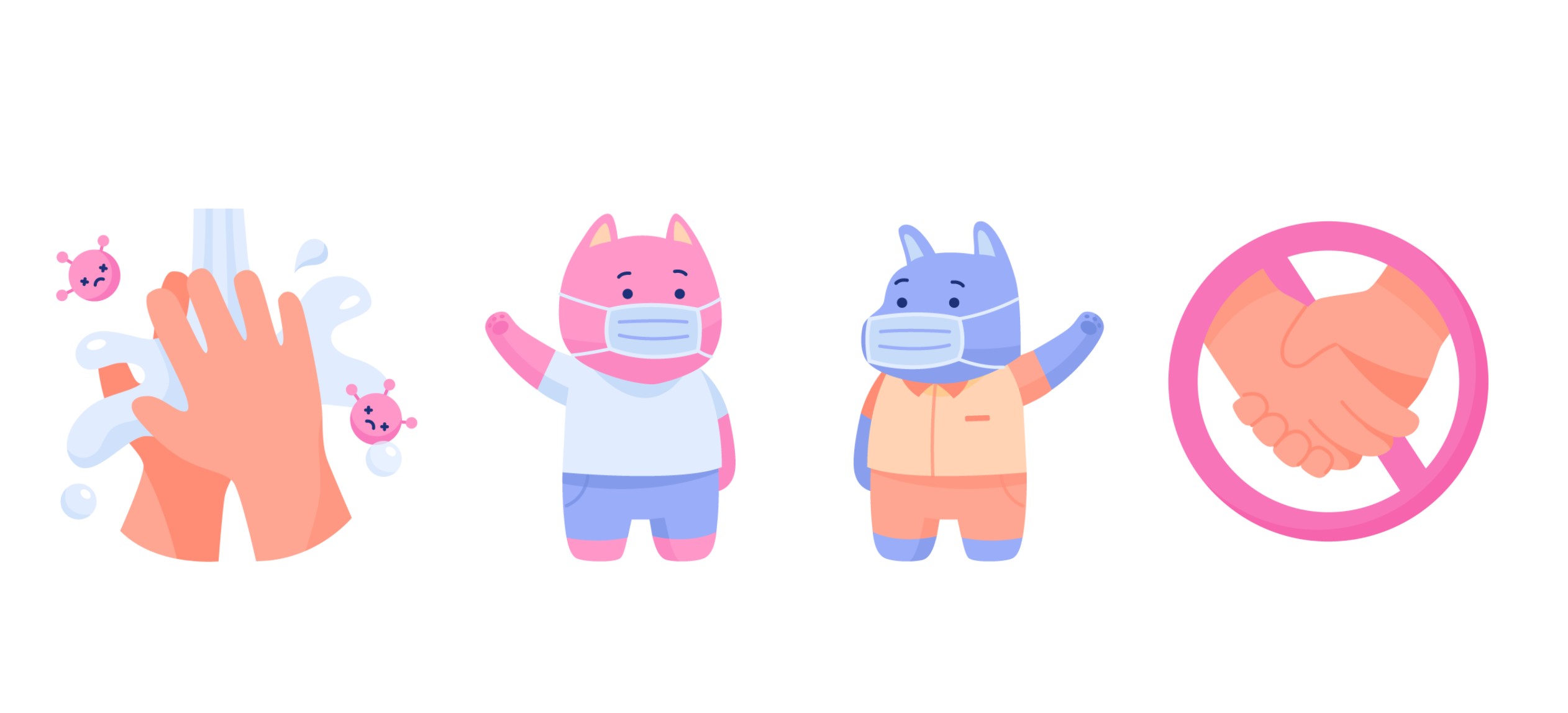 Employees appreciate employers taking safety seriously, but they also want to be appreciated! It is a difficult time, which is why in addition to reinforcing regulations, we included fun ways to celebrate safe practices. Employee safety training must be taken seriously, but so does team culture.
Employees appreciate employers taking safety seriously, but they also want to be appreciated! It is a difficult time, which is why in addition to reinforcing regulations, we included fun ways to celebrate safe practices. Employee safety training must be taken seriously, but so does team culture.
- Routine cleaning reinforcement: How often are surfaces wiped down? You may already have a clear guideline set, but check to see if it is being enforced. Show your team you take this seriously, and they need to as well.
- PPE and safety equipment check: Is your safety equipment ready and available for use? Double-check with your staff to ask if there have been any problems, and schedule routine checks with supervisors.
- Acknowledge good practices: It feels good to know your boss sees the work you’re putting in, and a little appreciation goes a long way. Consider making an ‘employee of the month’ award based on team votes to encourage kindness and leadership behavior. Alternatively, you could share a mass message with the team on all the little things you notice the doing.
- Keep, drop, and change: Encourage your team to participate in a keep, drop, change session where everyone can share feedback on safety practices by the team. ‘Keep’ is for sharing things that are going well, ‘drop’ is for things that can go, and ‘change’ is for suggesting better ways to do something. Review cases where staff may have felt unsafe, and what can be done differently to prevent it. Make sure you check in after a week or two to see if changes have been made and ensure your employee safety training procedure is up to date.
- De-escalation training: Do your staff know how to respond when customers do not comply with safety and COVID screening regulations? Encourage supervisors to guide staff through ways to deescalate situations without calling the police, and have your team stand together to enforce safety at your workplace.
Training is important, but so if having the proper equipment. It is your team leaders’ responsibility to ensure your team is properly equipped.
Employee Safety Equipment Double Checklist:
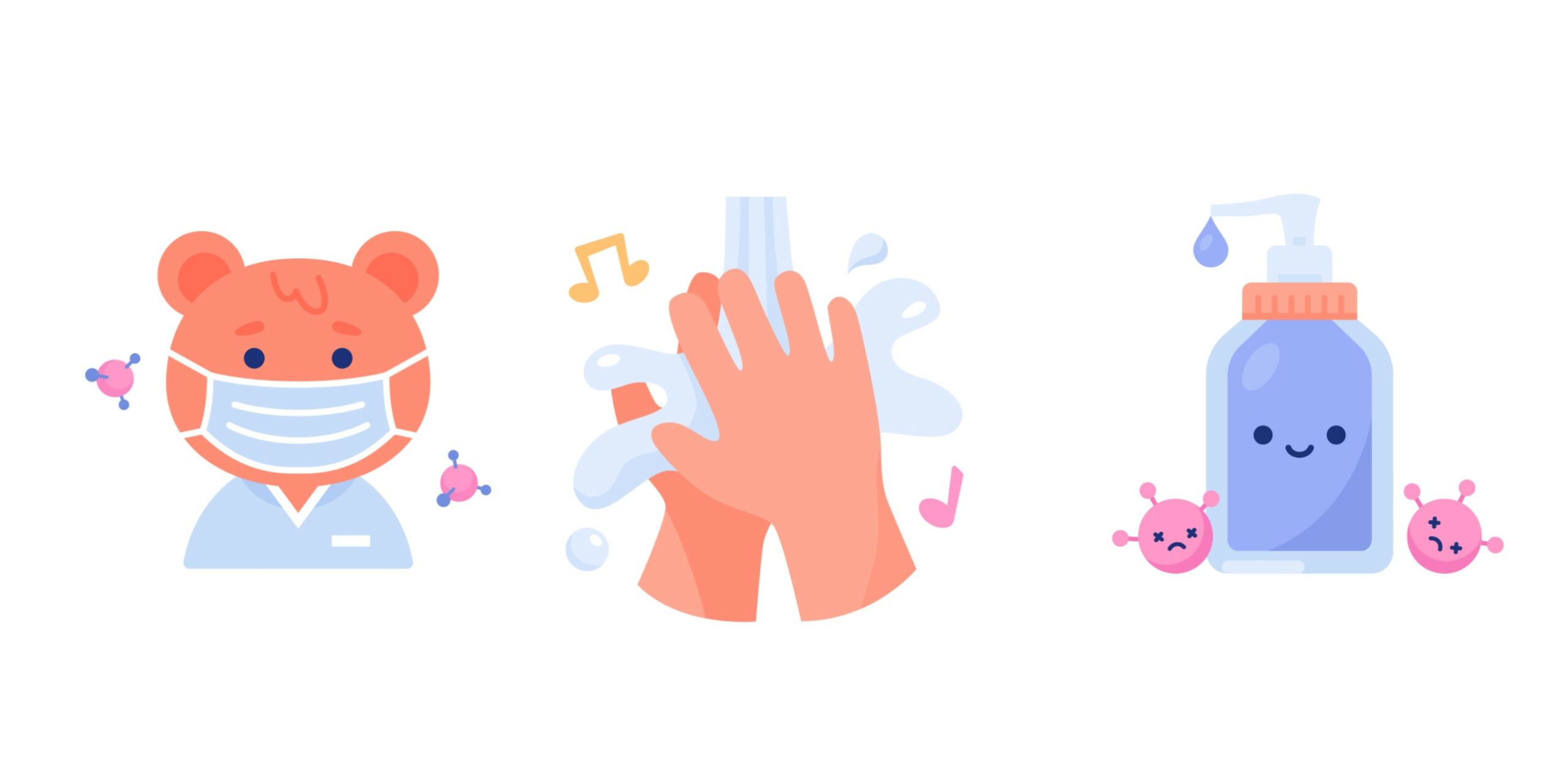 You will likely already have the items on this list, but how are they being maintained? Preventing the spread is just as important as COVID screening. This is a ‘double checklist’ to review employee safety equipment and safety measures in place.
You will likely already have the items on this list, but how are they being maintained? Preventing the spread is just as important as COVID screening. This is a ‘double checklist’ to review employee safety equipment and safety measures in place.
- Hand sanitizer and handwashing stations: Are customers who skip the hand sanitizer asked to sanitize? How often are your staff washing their hands? These practices need to regularly enforced and recorded to prevent the spread, especially to more vulnerable customers.
- Face masks and shields (PPE): How much do you have in stock, and have there been incidents where you ran out of safety equipment? You may also want to consider selling PPE to customers who do not have a mask and want to enter your business. For your staff, you may want to provide reusable, and cost-effective options.
- Sneeze guards and protective barriers: Are they secure and in good condition? Encourage your staff to report any equipment that needs maintenance or requires replacement.
Safety never takes a break. There may still be gaps in your team’s safety that only those working the frontlines can see. Make sure to prioritize their feedback and adjust accordingly.
COVID Screening and Safety Feedback.
Most importantly, your staff needs to feel safe communicating any gaps in safety with COVID screening. Create an anonymous submission box so team members can give honest feedback without fear of hurting your working relationship. Also let them know when you are available for a phone call if they would like to share their thoughts with you.
Here are some questions you can ask your team for quality feedback:
- On a scale of 1 to 10, how safe do you feel while working?
- On a scale of 1 to 10, how much effort do you feel management puts towards maintaining safety procedures?
- On a scale of 1 to 10, how much effort do you feel your team members put towards maintaining safety procedures?
- Is there a team member that has shown extremely positive behaviour in maintaining safety, or that you don’t feel safe around?
- What do you think is going well with safety management and what would you like to improve?
Your team needs to know you have an open environment where feedback is valued. When your team feels safe and empowered to share their feedback, it builds a positive team environment during COVID-19.
If a team member does test positive for COVID-19, you also need an easy way to communicate with your team. This includes those who were in contact with that team member and finding replacements for future shifts where they are scheduled until they test negative.
With Hyre, you can simplify hours worth of employee scheduling and rescheduling shifts minutes. Communication and organization are key in combating COVID-19.
Start your free trial today.
Safety during COVID-19 with Hyre:
-
- Touchless communication
Staff can clock in and clock out from their phones without touching pen and paper. All you need to do is print a QR code, or have it up on an iPad. - Easy health tracking and scheduling
24 hours before each shift, staff gets an automated questionnaire on COVID-19 symptoms. If they are exhibiting any symptoms, a replacement will be found. - COVID-19 tested shift replacements
Last-minute replacements are vetted with a COVID-19 negative test within the past 48 hours, and the proper certifications for their role. You don’t need to lift a finger.
- Touchless communication
“The Hyre team has great communication, and whenever I have a last-minute cancellation they are very responsive to find an available individual. I am grateful for their support!” – Carol Hunt
How to Establish Effective Communication Among Staff?
Instantly respond to schedule changes and keep track of individual and group updates all in one place to avoid the constant back-and-forth with staff.
